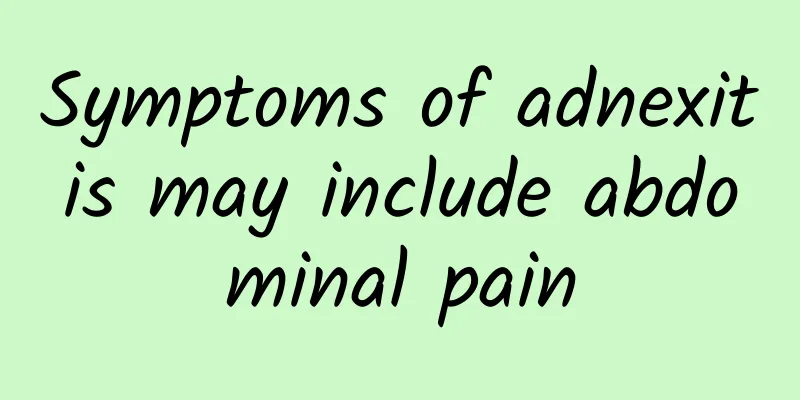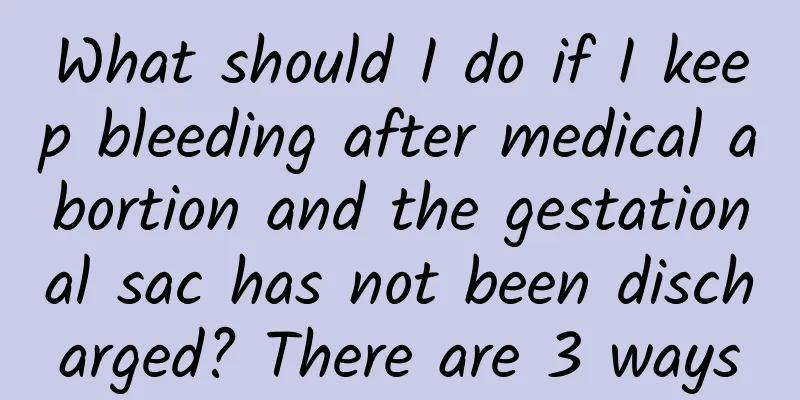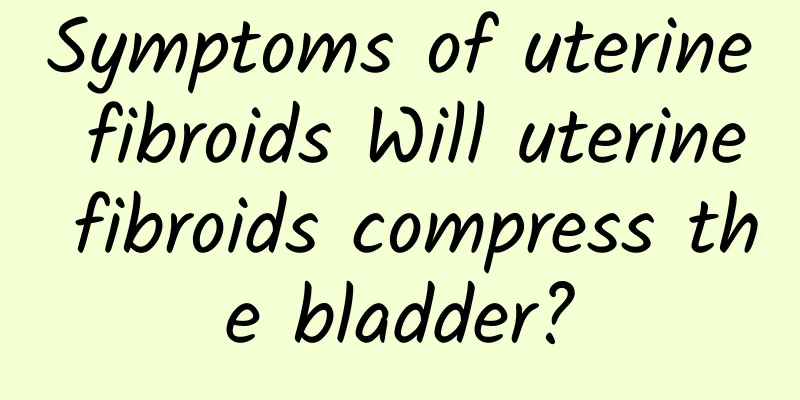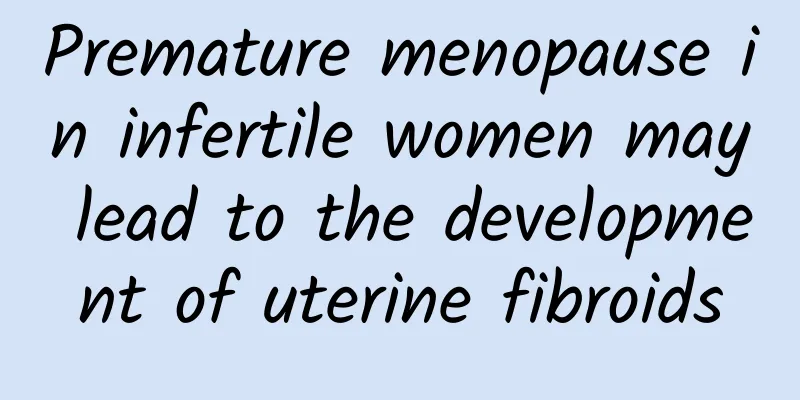Reference standard for diagnosis of threatened abortion
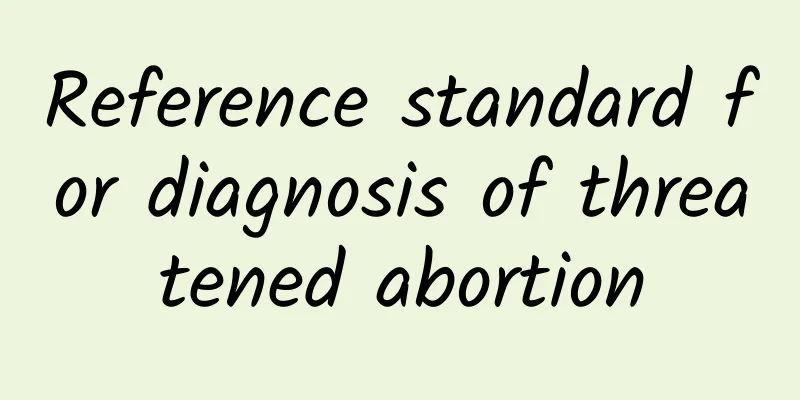
|
What are the diagnostic reference standards for threatened abortion? Pregnant mothers should be happy, but if threatened abortion occurs, it is a bad thing. Let's first supplement some knowledge and learn with the editor what the diagnostic reference standards for threatened abortion are. Threatened abortion refers to a small amount of vaginal bleeding before 28 weeks of pregnancy, followed by paroxysmal lower abdominal pain or back pain. Pelvic examination shows that the cervix is not dilated, the fetal membranes are intact, no pregnancy products are discharged, and the size of the uterus is consistent with the gestational age. If the symptoms worsen, it may develop into inevitable abortion. Abortion goes through a series of processes from the beginning to the end. According to its different stages, it can be given different diagnostic names, namely: threatened abortion, inevitable abortion, incomplete abortion, complete abortion, and delayed abortion. During pregnancy, backache, abdominal pain, and prolapse, accompanied by a small amount of vaginal bleeding and a slippery pulse, are diagnosed as fetal movement disorder. 1. Western medicine diagnostic criteria: (1) Medical history: history of amenorrhea and early pregnancy reactions. (2) Symptoms: Vaginal bleeding, accompanied by lower abdominal pain or back pain. (3) Gynecological examination: The cervix is not dilated and the enlargement of the uterus is consistent with the gestational age. (4) Auxiliary examinations: positive urine pregnancy test or elevated blood HCG value, or B-ultrasound indicating intrauterine pregnancy. (5) Health guidance 2. TCM diagnostic criteria: (1) Fetal leakage: A small amount of vaginal bleeding during pregnancy that comes and goes, or continues without backache, abdominal pain, or lower abdominal distention is called "fetal leakage", also known as "uterine leakage" or "fetal leakage". Fetal leakage often occurs in the early stages of pregnancy. (2) Fetal movement disorder: If a woman experiences lower back pain, abdominal pain, fetal movement or a small amount of vaginal bleeding during pregnancy, it is called "fetal movement disorder", also known as "fetal gas disorder". |
<<: What are the four treatments for threatened abortion?
>>: Common treatments for threatened miscarriage
Recommend
Get rid of obesity and sugar addiction! 2. Fresh fruit ice drink instead of bubble milk
"It's so hot!" In the summer, the t...
Does abnormal vaginal discharge affect men?
Abnormal vaginal discharge usually does not direc...
What are the people who are prone to cervical erosion?
In recent years, the number of patients suffering...
Does adenomyosis affect ovulation?
Nowadays, there are many factors that lead to fem...
What causes menopause in girls
When women enter menopause, they will experience ...
What Chinese medicine can relieve dysmenorrhea?
What Chinese patent medicine can relieve dysmenor...
Defeat fat! Spices to boost weight loss results
Spices are indispensable when cooking. Their uniq...
What is the normal age for women to go through menopause?
It is a normal physiological phenomenon for women...
How much is the pelvic fluid during ovulation?
Generally speaking, pelvic effusion indicates pel...
Postmenopausal health guide for women
In our daily life, many diseases are normal pheno...
Is cervical erosion related to men? Is it contagious?
Cervical erosion has no direct relationship with ...
Is 2.8 cm of pelvic fluid considered serious?
Pelvic effusion of 2.8 cm is generally not consid...
How to break through the weight loss plateau? Nutritionist Cai Yixuan: Drinking coffee at this time can double the weight loss effect
People who want to lose weight are most worried t...
Causes and examination of recurrent spontaneous abortion
Many patients have experienced embryo arrest, spo...
Learn how to prevent vaginitis in your daily life
Vaginitis is a common and recurring gynecological...

